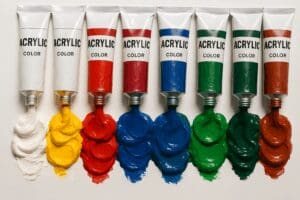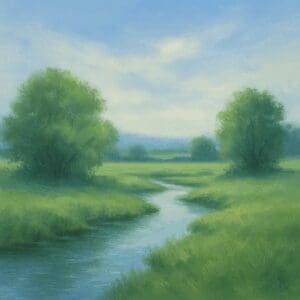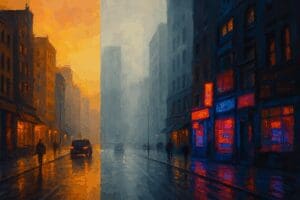In the world of art, still life painting holds a special place. It’s an art form that allows artists to communicate a narrative or convey emotions through inanimate objects. Whether you’re a seasoned artist or a beginner, setting up a still life for painting is a fundamental skill. In this comprehensive guide, we’ll walk through the steps to create a captivating still life setup, perfect for artists in Ireland and beyond.
The Essence of Still Life Painting
Still life painting is more than just replicating objects on a canvas. It’s about understanding composition, light, and shadow, and how these elements interact to create harmony and balance. The beauty of still life is in its simplicity and the control it offers over the subject.
Choosing Your Objects
The first step is selecting objects for your still life. These can range from everyday items like fruits and vases to more personal objects that tell a story. The key is to look for items with varied textures, shapes, and colors to create interest. For inspiration, visit Artists Network for examples of still life compositions.
Composition: The Art of Arrangement
Arranging your objects is where creativity comes into play. Start by considering the rule of thirds to balance your composition. Play with different arrangements, and don’t hesitate to try unconventional setups. Remember, the way you arrange these objects will guide the viewer’s eye across the painting.
Lighting: Creating Mood and Atmosphere
Lighting is crucial in still life painting. Natural light is ideal, providing soft shadows and a full spectrum of colors. Position your setup near a window with indirect sunlight for the best effect. For more control, use artificial lights, but be aware of the color temperature they emit.
Background and Surface: Setting the Stage
Your background and surface should complement the objects without overpowering them. Use simple, neutral backgrounds like draped fabric or plain walls. For surfaces, consider textures that interact interestingly with light, like wooden tables or matte fabrics. Jackson’s Art Supplies is an excellent resource for backdrops and surfaces.
Sketching Your Composition
Before painting, sketch your composition. This helps solidify your arrangement and gives you a chance to make adjustments before committing to paint. Focus on the basic shapes and the relationship between objects.
Painting Techniques
With your setup complete, it’s time to paint. Whether you’re using oils, acrylics, or watercolors, start by blocking in the basic shapes and colors. Build up layers, paying attention to the nuances of light and shadow. Online platforms like Skillshare offer courses in various painting techniques.
Capturing Texture and Detail
The magic of still life is in the details – the way light hits an apple’s skin or the texture of a fabric. Use your brushwork to capture these details. Experiment with different brushes and techniques to achieve the desired effect.
Overcoming Challenges
One of the challenges in still life painting is maintaining the consistency of light, especially with natural lighting. It’s important to work during consistent lighting conditions or take reference photos. Also, don’t be discouraged if your first attempts aren’t perfect. Still life painting is an exercise in observation and patience.
Sharing Your Work
Once your painting is complete, it’s important to share it. Use hashtags like #IrishArtMart, #StillLifePainting, #ArtistsOfIreland, and #FineArt to connect with a larger community on platforms like Instagram and Pinterest. Irish Artmart also offers a fantastic platform for showcasing and selling your work.
Continuous Learning
To improve your still life painting skills, consider attending workshops and courses. Resources like The Art League provide classes and workshops. Additionally, studying the work of master still life painters can provide valuable insights.
Conclusion
Setting up a still life for painting is a journey of exploration and creativity. It allows you to hone your skills in composition, lighting, and painting techniques. Whether you’re capturing the simplicity of everyday objects or conveying deeper narratives, the world of still life painting is immensely rewarding. For more tips, stories, and opportunities, visit Irish Artmart.
*For collaborations, art features, or inquiries, please contact us at in**@**********rt.ie. Don’t forget to follow us on Instagram, Facebook, Twitter.
Disclaimer: The views and opinions expressed in this article do not necessarily reflect the official policy or position of Irish Artmart.





